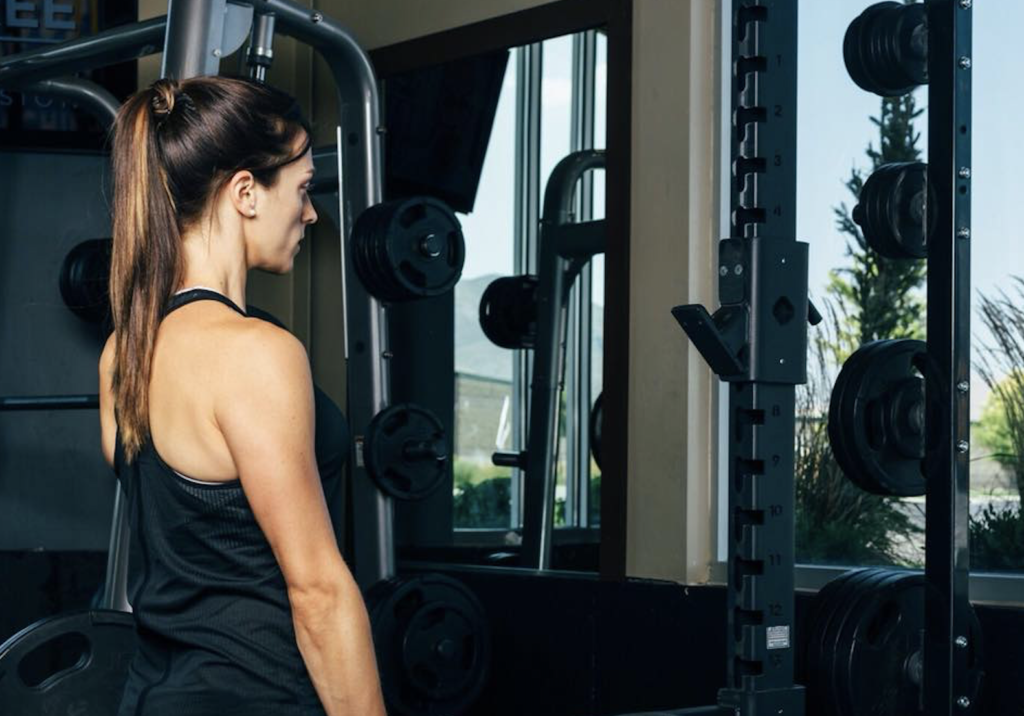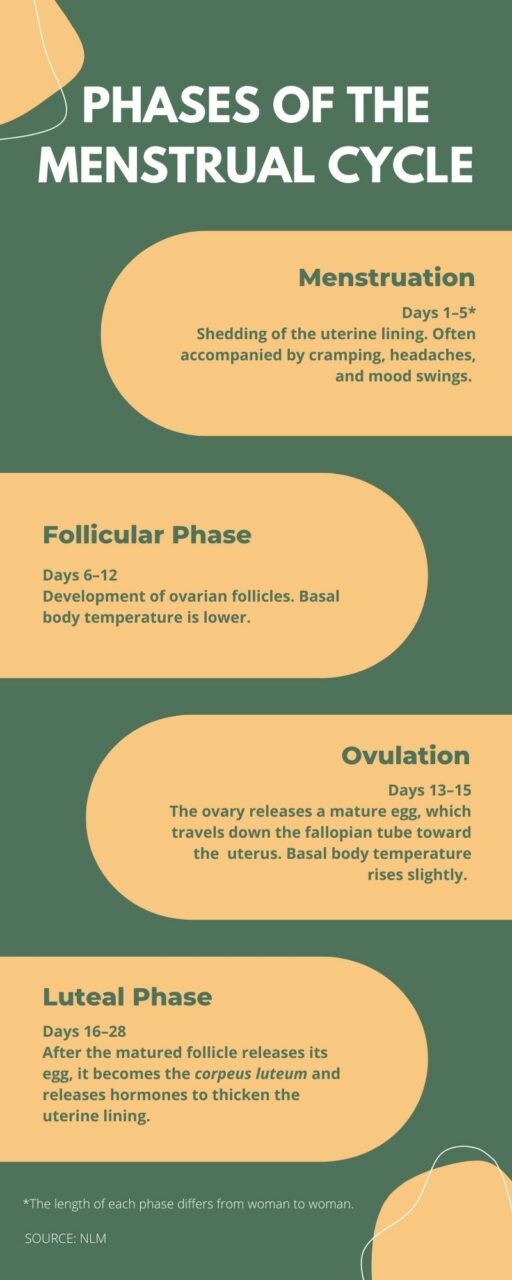
A BYU research study has found that the menstrual cycle has no effect on exercise for eumenorrheic women, women with regular periods not marked by abnormal pain, according to preliminary reports.
BYU exercise physiology professor Dr. Jayson Gifford and BYU graduate student Jessica Linde studied 10 women over three phases of the menstrual cycle and said they found no correlation between menstruation and impaired physical ability.
Gifford said there was the need for more women in research, both as researchers and subjects, in order to draw more conclusive statements.
“More people, especially girls, should help conduct studies on the menstrual cycle, exercise performance and other issues,” he said.
Gifford said he has studied exercise performance for 13 years. In 2021, he received a grant from the Women’s Research Initiative at BYU to study the effect of the menstrual cycle on exercise performance.
For the study, Gifford and Linde tracked each participant’s hormone levels to determine the exact phase of the menstrual cycle they were in. Each subject came in twice during the three phrases tracked in the study, and Linde and Gifford measured their sprint and endurance capability on a stationary bike while tracking heart rate and oxygen consumption.

Linde and Gifford also studied 10 men doing the same exercise at similar intervals in order to draw comparisons between the two groups. In doing so, they said they found that performance for most women remains the same across the phases of the menstrual cycle.
They also discovered that the phases of the menstrual cycle differ greatly in length from person to person. “Timing of the menstrual cycle is much more complicated than the 28-day cycle you see in textbooks,” Gifford said.
For example, they said some of their subjects ovulated on day 10 of their cycle, while others ovulated on day 22.
“The idea of ovulation at day 14 is an average with very big standard deviations,” Gifford said.
The study’s findings are currently being peer reviewed in anticipation of being published in an academic journal, which Gifford said he expects to occur in about a month.
Gifford said he hopes the study will make a positive impact on equal inclusion in research.
“Women have historically been excluded from research because people didn’t know how to control for the menstrual cycle. Now our data, and the majority of other data, indicate that you don’t need to control for it,” he said. “That should help boost inclusion of female subjects in research and increase our understanding of female physiology.”
Gifford said there is little research to support claims that cycle-based exercise programs, which adjust exercise based on which phase of the menstrual cycle a woman is in, make workouts more effective.
Some studies on the subject point out that core temperature rises during ovulation or that estrogen negatively affects vascular function, but Gifford said they only look at the effect of the menstrual cycle on a specific aspect of exercise rather than overall training response.
Gifford cautioned against women with normal menstrual cycles following these kinds of workout regimens because he said he believes they can create a barrier to exercise training.
BYU student Emmie Guinn said she has seen no need to try cycle-based exercise.
Guinn, who works at BYU Student Wellness, said she exercises four days a week and does not adjust her regimen for her menstrual cycle.
“Usually my period wouldn’t be what would stop me from working out,” she said.
For women with irregular or painful periods, that may not be the case. Gifford said that while it is unclear exactly how many females have a menstrual disorder, estimates range from about 15-30% of menstruating women.
Gifford said it’s possible that women with such conditions would be affected. “More research needs to be done on women with these conditions,” he said.
For them, Gifford said he emphasizes a more personalized approach to exercise.
“If exercising during your period is painful, go a little lighter, try something different or take a break,” he said. “If you are experiencing a lot of pain during your period or other points in the cycle, your doctor should know, and they might be able to help you with it.”
BYU student Emma Lambert said it is important for women to understand their cycles, whether or not they have an effect on exercise performance.
“Understanding your body and how it moves through cycles physically and emotionally can make such an impact,” Lambert said. She added that this “can give you confidence and more room to make choices that take advantage of the strengths that come with each phase of your cycle.”
Gifford invited students interested in joining research on the matter to look at opportunities like the College Undergraduate Research Awards, which provides students with scholarships and the opportunity to work with a professor to do a research project like his own.
Gifford said he hopes to see further research on women and by women.
“Girls want to know what’s going on,” he said. “The way we’ll figure it out is with more girls in research.”




